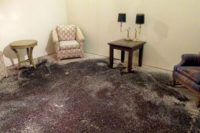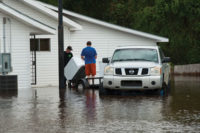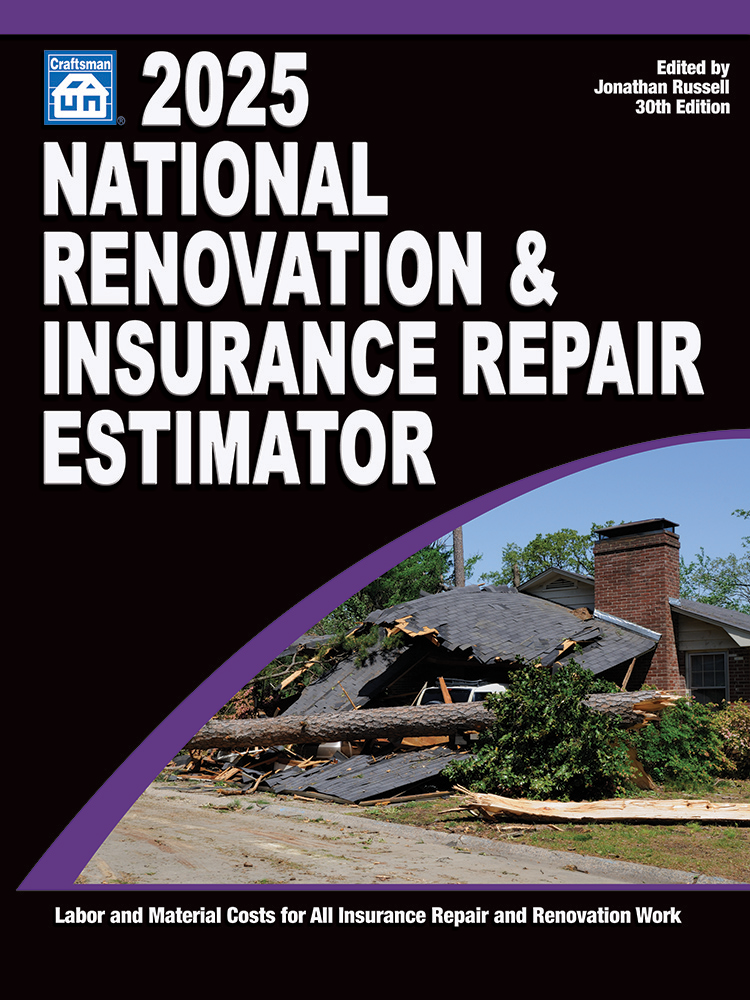Having Trouble Getting Paid For Category 3 Water Jobs? Part II




So how can it be that claims adjusters who insist on hiring IICRC Certified firms are not aware of the risks they assume by not following the IICRC S500 standards and guidelines?
The first thing that is important to realize is that the claims adjuster you are working with on the job likely does not know that there are three categories of water. Why do I think this? For the past four years I have asked every insurance company employee I meet if they know what Category 3 water is? So far, only one claims adjuster has even heard of Category 3 water.
Here is one way for you to tell if the claims adjuster you are working with has a clue about the need to remediate Category 3 water on a different basis than Category 1 or Category 2 water. Category 3 water is subject to exactly the same insurance coverage restrictions as mold-related losses. The reason for this is in almost all “fungi and bacteria” exclusions (fungi encompasses mold) the word right after “fungi” is “bacteria.” Category 3 water is Category 3 because of the bacteria and other contaminates in the water. If your claims adjuster knows anything about Category 3 water, they will be discussing with you how the coverage sublimit for fungi/bacteria on the property policy will apply to your Category 3 water job. We all know that rarely happens in the claims adjusting world, which explains why the adjuster in Part I of this story was only paying for a Category 2 water remediation - she did not know the differences in the categories of water.
Your dilemma in getting paid is how to convince the adjuster or property owner that it is risky to treat a Category 3 water loss like a Category 2 water loss, while at the same time not triggering the property owner’s insurance policy restrictions for bacteria, which is usually a sub-limit of $10,000 for fungi/bacteria-related claims. Technically that sublimit applies to the entire Category 3 water job and not just the incremental cost to deal with bacteria contamination.
Claims adjusters being schooled up on Category 3 water is a double edge sword for restoration contractors. If the adjuster knows about the risks of Category 3 water before you start work, they are more likely to pay you for the extra work to manage the risk of the insurance company and avoid a Melinda Ballard*-type law suit. But if you push real hard on the Category 3 water/bacteria topic, it can backfire into a sublimit of insurance coverage on the property owner’s insurance that you need to pay your invoice.
In the real world, you will need to dance around the Category 3 water/bacteria topic with the claims adjuster the same way adjusters and contractors dance around the “m” word (mold). Stick to the words “water damage,” avoid the “m” and the “b” words in the work orders and you can likely avoid the sublimits on the coverage for fungi and bacteria on property insurance policies. We all know that everyday claims adjusters pay mold losses as if they were water damage losses. They can do the same for Category 3 water.
What is the solution to claims adjusters and property owners not paying you for Category 3 water jobs?
- Document the need for the Category 3 water remediation according to the IICRC S500 Standard.
- Make sure that the adjuster and property owner are aware of the S500 Standard.
- Warn of the risks inherent in not following the protocol.
- Point out to the adjuster and property owner that they are likely uninsured for any future toxic tort lawsuits that may result from the building occupants if the risks of Category 3 water are not addressed in the remediation protocol.
Following this advice also creates possible defenses for your actions on the job. If you are really lucky, some injured party in an improperly remediated property will hire you as an expert witness to opine on why what the claims adjuster or property owner did in authorizing the clean-up was unreasonable.
But in most cases you will be a common defendant in the toxic tort lawsuit. If you have the right liability insurance policies in place, your insurance will be paying the bills for the insurance company under your indemnity agreement with the insurance company or the direct repair network you were working for. If you are not properly insured for Category 3 water, you personally become the insurance company for the folks that told you to do the job the wrong way in the first place. The risk management game is not always fair and reasonable.
My only solution to this situation is to try to walk away from jobs where the people paying your bills want you to perform a partial fix to a Category 3 water loss. That is easier said than done in master service agreements I know. But if you cannot implement the walk away strategy, make sure your General Liability (GL) and Contractors Environmental Liability Insurance works for Category 3 water. Most GL insurance policies sold to restoration firms don’t work very well on Category 3 water projects. Insurance agents have never heard of Category 3 water either.
If you understand how to play the risk management card on Category 3 water losses, you will be paid. It is too risky for property owners and insurance companies not to follow the S500 protocols. All you need to do is effectively play the risk management card to convince them that paying you for a Category 3 water loss is a good risk management value for all of the stakeholders in the property.
Author’s Note: This is the second entry of a two-part series. Part I appeared in the March issue of R&R. Click Here to view it.
Looking for a reprint of this article?
From high-res PDFs to custom plaques, order your copy today!











